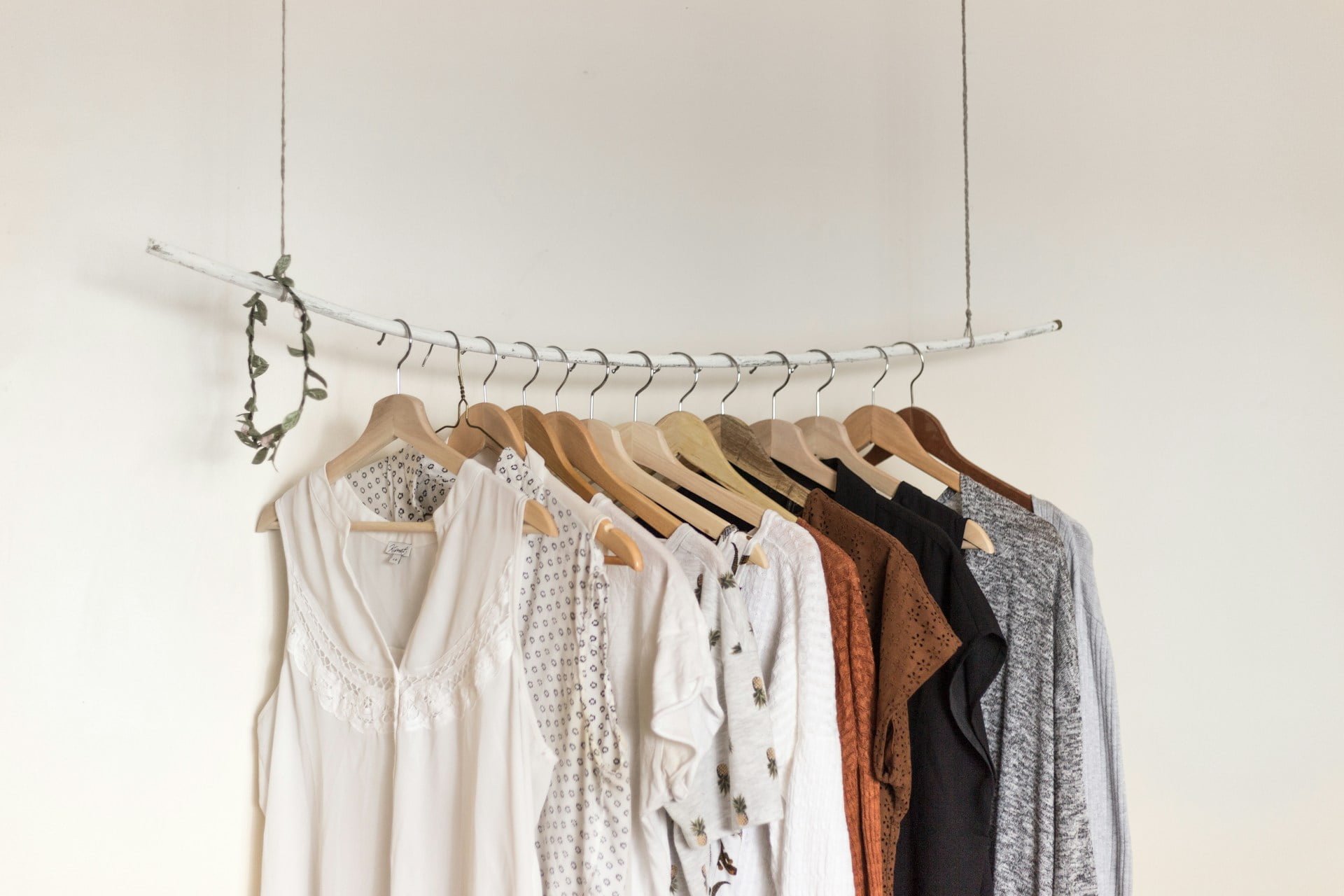Unraveling the Essence of Slow Fashion: A Comprehensive Guide
Slow fashion represents a mindful approach towards consumerism, focusing on sustainable practices, ethical production, and high-quality materials. Unlike its counterpart, it emphasizes the importance of creating garments that last longer, thereby reducing waste and promoting a more thoughtful way of engaging with fashion.
Slow fashion brands prioritize the well-being of the environment, their workers, and the end consumers. Through their commitment to transparency and ethical standards, these brands are setting a new paradigm in the fashion industry, one that values sustainability over speed and quantity.
The Genesis and Evolution of Slow Fashion
The slow fashion movement emerged as a response to the rapid pace of the fast fashion industry, which prioritizes quick production at the cost of environmental and ethical considerations. Slow fashion brands have been at the forefront of this change, advocating for practices that ensure longevity, minimal environmental impact, and fair labor conditions. This movement has evolved to include a diverse array of practices aimed at reducing the fashion industry’s footprint.
Tracing the Roots: How Did the Slow Fashion Movement Begin?
The inception of slow fashion is deeply rooted in the principles of sustainability and ethical production. It began as a reaction against the fast fashion model, with a focus on using organic cotton and other sustainable materials. The movement emphasizes the importance of creating clothes that are not only environmentally friendly but also ethically made, ensuring fair wages and working conditions for workers.
Distinguishing Slow Fashion from Fast Fashion
Slow fashion brands and fast fashion labels stand in stark contrast regarding their operational models and values. Slow fashion brands dedicate themselves to sustainable practices, quality craftsmanship, and ethical labor conditions. In contrast, fast fashion labels often prioritize speed and cost-effectiveness, frequently at the expense of the environment and worker welfare.

The Implications of Fast Fashion
The rise of fast fashion has had significant repercussions, prompting slow fashion brands to champion an alternative that respects both people and the planet. The fast fashion model’s reliance on rapid production cycles and disposable clothing contributes to environmental degradation and exploitation of labor, underscoring the critical need for the slow fashion approach.
Fast Fashion’s Detrimental Effects on Workers and the Environment
Fast fashion’s impact extends beyond fleeting trends, deeply affecting workers’ lives and the environment. Slow fashion brands counteract these issues by focusing on fair trade practices, reducing waste, and employing sustainable materials, thus offering a conscientious alternative to the fast fashion industry’s harmful practices.
The Global Economy’s Role in Fashion Sustainability
The global economy plays a pivotal role in fashion sustainability, influencing how slow fashion brands operate within the market. These brands not only challenge the status quo by promoting ethical labor and environmental standards but also by demonstrating that it is possible to be both economically viable and sustainable.
Principles of Slow Fashion
At its core, slow fashion is defined by a set of principles that guide slow fashion brands. These principles emphasize sustainability, ethical production, and quality craftsmanship. By adhering to these values, slow fashion aims to transform the fashion industry into a force for good, prioritizing the planet and its inhabitants over profit and speed.
Definition and Core Values
The essence of slow fashion lies in its commitment to sustainability, ethical manufacturing, and quality. This approach advocates for a reduced pace of production, encouraging consumers to invest in fewer but higher-quality pieces that last longer, thus minimizing waste and promoting a more sustainable lifestyle.
Marketing Strategies and Pricing in Slow Fashion
Slow fashion brands adopt unique marketing strategies that highlight their commitment to sustainability and ethical practices. By transparently communicating the true costs of production, these brands justify their pricing models, emphasizing the value of investing in quality garments that stand the test of time.
Embracing Slow Fashion
Adopting slow fashion involves a shift towards more conscious consumption habits, prioritizing quality over quantity and making ethical choices. This shift not only benefits the planet but also enriches the consumer’s wardrobe with pieces that have a timeless appeal and lasting durability.
Embrace Slow Fashion: Shop Timeless Quality NowThe Significance of Slow Fashion Brands
Slow fashion brands are vital in driving the industry towards a more sustainable and ethical future. Their dedication to responsible practices sets a benchmark for others to follow, showcasing the potential for fashion to exist in harmony with the environment.
What Slow Fashion Brands Do Differently
Slow fashion brands distinguish themselves through their dedication to transparency, ethical labor practices, and the use of sustainable materials. Unlike fast fashion, they focus on the entire lifecycle of a garment, from design to disposal, ensuring each piece is produced with the utmost care for the environment and the people involved in its creation.
Ethical and Sustainable Fashion: Bridging the Gap
Fashion companies are now recognizing the need to move away from mass production. They are focusing on ethical and sustainable practices. This shift bridges the gap between the harmful effects of fast fashion and a more responsible approach to creating clothing. By adopting sustainable methods, these companies are setting new standards in the industry.
Top Slow Fashion Icons
Leaders in the slow fashion movement are setting examples for the rest of the industry. They show how fashion can be both beautiful and sustainable. These icons are at the forefront of change, advocating for practices that respect both people and the planet.
1. Eileen Fisher: Pioneering Sustainability
Eileen Fisher is renowned for her commitment to sustainability. Her brand focuses on using organic and recycled materials. Fisher’s approach to fashion emphasizes simplicity, durability, and timeless design, reducing the need for constant consumption and promoting a more sustainable wardrobe.
2. Christy Dawn: Reviving Forgotten Fabrics
Christy Dawn stands out by creating beautiful garments from deadstock fabrics. These are materials left over from other fashion companies. This practice not only reduces waste but also gives new life to fabrics that would otherwise be discarded. Dawn’s designs are both unique and sustainable, offering an alternative to mass-produced fashion.
3. Asket: Transparency in Production
Asket is known for its radical transparency in production. The brand provides detailed information about the origin of its materials and the cost of each item. This transparency helps consumers understand the true value of their garments. It encourages a more mindful approach to shopping, focusing on quality and sustainability.
The Environmental Impact
The fashion industry is a major contributor to textile waste. Slow fashion seeks to minimize this waste by focusing on sustainable materials and production methods. By reducing the number of new garments produced and extending the life of existing ones, slow fashion can significantly lessen the environmental impact of the industry.
A Closer Look at Production and Consumption Patterns
Production and consumption patterns in the fashion industry are shifting. Consumers are becoming more aware of the impacts of their purchases. This awareness is leading to a demand for more sustainable and ethically produced clothing. As a result, fashion companies are beginning to adopt practices that align with these values.
The Role of Consumers in Fostering Sustainable Fashion
Consumers play a crucial role in fostering sustainable fashion. By choosing to buy from brands committed to sustainability and ethical practices, consumers can drive change in the industry. This shift from quantity to quality in shopping habits supports the slow fashion movement and promotes a more sustainable future.
How You Can Contribute to the Slow Fashion Movement
Contributing to the slow fashion movement is about making thoughtful choices. It involves selecting quality garments, supporting ethical brands, and being mindful of the impact of your fashion choices. By adopting these practices, anyone can play a part in creating a more sustainable fashion industry.

Building a Capsule Wardrobe: Quality over Quantity
A capsule wardrobe focuses on having a smaller selection of versatile, high-quality pieces. This approach encourages less consumption and a greater appreciation for each item. Fashion retailers are beginning to recognize the value of offering timeless pieces that can be mixed and matched, rather than encouraging constant consumption of the latest trends.
Opting for Second-hand: A Sustainable Choice
Choosing second-hand and vintage clothing is a sustainable way to shop. These stylish pieces not only reduce waste but also offer unique additions to any wardrobe. By embracing second-hand garments, consumers can enjoy fashion in an environmentally friendly way.
The Importance of Taking Care of What You Have
Taking care of your clothes extends their life and reduces the need for frequent replacements. Simple actions like washing in cold water, air drying, and repairing minor damages can make a big difference. These practices help maintain the quality of garments and support sustainability in fashion.
Beyond Fashion: The Broader Implications of Slow Fashion
Slow fashion is about more than just clothes. It’s part of a larger movement that includes eco-fashion and ethical fashion. This movement challenges the traditional fashion model and promotes a more conscious approach to consumption. By embracing slow fashion, consumers can reduce their ecological footprint and support a more sustainable world.
Slow Fashion vs Eco-Fashion vs Ethical Fashion
While slow fashion focuses on reducing the pace of production and consumption, eco-fashion emphasizes the use of sustainable materials. Ethical fashion, on the other hand, concentrates on the social aspects of production, ensuring fair treatment of workers. Together, these approaches offer a comprehensive vision for a more sustainable fashion industry.
Critics of the Slow Fashion Movement and Counterarguments
Critics argue that slow fashion and the use of materials like organic cotton are not enough to address the industry’s problems. However, proponents of slow fashion argue that every step towards sustainability counts. By choosing organic cotton and other sustainable materials, consumers can reduce their impact and support ethical practices.
The Future of Fashion
The future of fashion is steering towards a more responsible and sustainable model. As awareness about the harm caused by fast fashion grows, both consumers and brands are shifting their focus to slow fashion. This transformation promises a future where fashion respects both people and the planet, aiming for a balance between style and sustainability.
Predicting the Long-term Effects of Slow Fashion
The long-term effects of slow fashion are poised to bring significant positive changes. By reducing waste and promoting ethical labor practices, slow fashion helps in minimizing the harm to the environment. This approach encourages a more mindful consumption pattern, leading to a decreased demand for cheap, disposable clothing, ultimately benefiting both the ecosystem and global communities.
How Brands and Consumers are Shaping the Future
Brands and consumers play a crucial role in shaping the future of fashion. By embracing slow fashion principles, brands are redesigning their supply chains to be more transparent and less harmful to the environment. Consumers, on their part, are increasingly supporting these brands, making conscious choices that prioritize quality over quantity and sustainability over speed.
Join the Slow Fashion Revolution
Joining the slow fashion revolution is a powerful way for individuals to make a difference. It’s about choosing to support brands that are committed to ethical practices and sustainability. This movement is gaining momentum as more people recognize the impact of their clothing choices and seek to contribute to a more sustainable future.
Tips and Tricks for a More Sustainable Wardrobe
Creating a more sustainable wardrobe starts with small, conscious decisions. Opting for quality over quantity, supporting brands with transparent supply chains, and embracing sustainable living practices can dramatically reduce one’s fashion footprint. By prioritizing garments that last longer and making mindful choices, individuals can significantly contribute to a more sustainable fashion system.
Engaging with Slow Fashion Communities Online
Engaging with slow fashion communities online is a great way to stay informed and connected. These platforms offer valuable resources, share tips on sustainable living, and provide support for those looking to make the shift. By participating in these communities, individuals can find inspiration, learn from others’ experiences, and contribute to the growing movement towards sustainable fashion.
Join Our Community
Conclusion: The Lasting Impact of Choosing Slow Fashion
Choosing slow fashion creates ripples far beyond our own closets. By embracing timeless pieces, we invest in a future where fashion respects both people and the planet. Natural dyes and ethical and sustainable practices showcase the United Kingdom’s commitment to leading a global change. Such choices empower us to weave a narrative of responsibility and care, ensuring that the beauty of our world is preserved for generations to come. Thus, the act of choosing slow fashion is not merely a personal statement, but a collective stride towards a more sustainable and just world.

